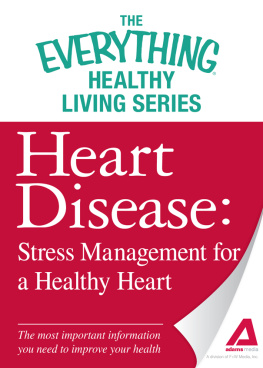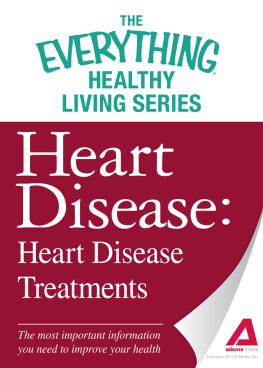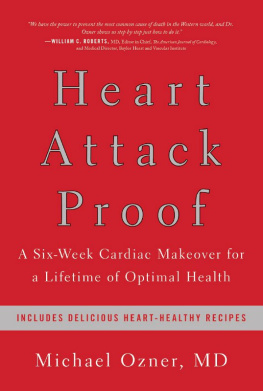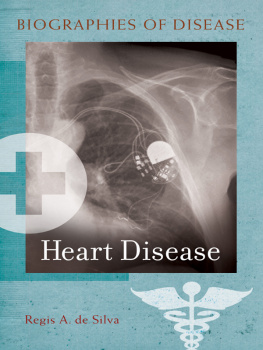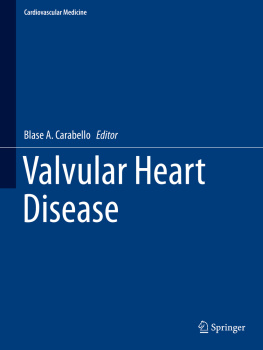About the Author
J Shah is a board-certified cardiologist and a trained Epidemiologist. He was trained at Harvard Medical School and has practiced in various countries and diverse settings over the past 20 years. He is passionate about patient experience of healthcare and hopes to bring human elements back to medicine. When he is not seeing patients, he is writing, traveling or hiking. He lives in Boulder, Colorado.
Acknowledgments
This book, as all endeavors of an individual, is a team effort. My team included family and friends who have made me the person I have become and the doctor I yearn to be day after day.
My brother Ketan has been by my side through the thick and thin of my struggles of being a renegade doctor. He has supported me in good times and bad, in my exhilarations and frustrations, success and failures, without judging, prodding, or blaming but always encouraging and cheering. He has been instrumental in reviewing some of the drafts before the drafts, ideas before they were completed in my mind, and bearing the repetition of my thoughts about the contents of this book. He reviewed every chapter with the detail that only a brother would, despite battling several competing priorities.
My girlfriend Rebecca, who I ignored for many months while I spent time working on the book, reviewed every chapter, making suggestions in her gentle way.
My dear nephews and nieces: Nisarg for taking the lead on reviewing the book and making awesome suggestions; his enthusiasm for the hooks in the stories was encouraging; Zeel and Veeksha for encouraging me to be a better writer and reviewing the book.
Nilesh Chatterjee, who initiated me to write and helped me all along; he patiently edited my nonsensical writing and make it worth a read. Sreeram Sivaramakrisnan, editing some of my work and pointing me to other works related to this subject.
My aunt Deepika for initiating the passion of reading and encouraging me throughout the process of my book.
Lynne, who reviewed every chapter in detail and lived the emotions of the patients in every chapter. Without Lynne this book would be altogether insipid.
Lauren Whalen who made the characters and stories come alive in every chapter and made them larger than life. Lauren made me a better writer by reviewing and editing early drafts in every minor detail possible.
KiranFua who believed that I am capable of writing and have worthwhile thoughts to be put on paper to be read by others.
Dr. H. Gilbert Welch who encouraged me to start the book and gave several suggestions that became the guiding principles throughout my writing process.
Bibliography
Ackoff, Russell Lincoln. Redesigning the Future: A Systems Approach to Societal Problems. New York: John Wiley and Sons, 1974.
Advisory Board. Behind Bars: The Downfall of the Nations Busiest Cardiologist. October 31, 2013. https://www.advisory.com/Daily-Briefing/2013/10/31/Behind-bars-The-downfall-of-the-nation-busiest-cardiologist.
Aldweib, Nael, Kazuaki Negishi, Rory Hachamovitch, Wael Abdel Jaber, Sinziana Seicean, and Thomas H. Marwick. Impact of Repeat Myocardial Revascularization on Outcome in Patients with Silent Ischemia after Previous Revascularization. Journal of the American College of Cardiology 61, no. 15 (2013): 161623. http://www.onlinejacc.org/content/61/15/1616.
Al-Khatib, Sana M., Anne S. Hellkamp, Jeptha S. Curtis, Daniel B. Mark, Eric D. Peterson, Gillian D. Sanders, Paul A. Heidenreich, Adrian F. Hernandez, Lesley H. Curtis, and Stephen C. Hammill. Non-Evidence-Based ICD Implantations in the United States. JAMA 305, no. 1 (2011): 4349. https://jamanetwork.com/journals/jama/fullarticle/644551.
American Board of Internal Medicine Foundation. American College of Cardiology: Five Things Physicians and Patients Should Question. Choosing Wisely (website). Updated February 28, 2017. http://www.choosingwisely.org/societies/american-college-of-cardiology/.
American Heart Association. Ablation for Arrhythmias. Heart.org. Last reviewed September 30, 2016. https://www.heart.org/en/health-topics/arrhythmia/preventiontreatment-of-arrhythmia/ablation-for-arrhythmias.
. Implantable Cardioverter Defibrillator (ICD). Heart.org. Last reviewed September 30, 2016. http://www.heart.org/en/health-topics/arrhythmia/preventiontreatment-of-arrhythmia/implantable-cardioverter-defibrillator-icd.
. Lifestyle Changes for Heart Attack Prevention. Heart.org. Last reviewed July 31, 2015. http://www.heart.org/HEARTORG/Conditions/HeartAttack/LifeAfteraHeartAttack/Lifestyle-Changes-for-Heart-Attack-Prevention_UCM_303934_Article.jsp.
. Tachycardia: Fast Heart Rate. Heart.org. Last reviewed September 30, 2016. http://www.heart.org/en/health-topics/arrhythmia/about-arrhythmia/tachycardiafast-heart-rate.
. What Is Arrhythmia? 2015. https://www.heart.org/-/media/data-import/downloadables/pe-abh-what-is-arrhythmia-ucm_300290.pdf.
Anselmino, Matteo, Fabrizio DAscenzo, Gisella Amoroso, Frederico Ferraris, and Fiorenzo Gaita. History of Transcatheter Atrial Fibrillation Ablation. Journal of Cardiovascular Medicine 13, no. 1 (2012): 18.
Antiarrhythmics Versus Implantable Defibrillators (AVID) Investigators. A Comparison of Antiarrhythmic-Drug Therapy with Implantable Defibrillators in Patients Resuscitated from Near-Fatal Ventricular Arrhythmias. The New England Journal of Medicine 337, no. 22 (1997): 157683. https://www.nejm.org/doi/10.1056/NEJM199711273372202.
Aquilina, O. A Brief History of Cardiac Pacing. Images in Paediatric Cardiology 8, no. 2 (2006): 1781. https://www.ncbi.nlm.nih.gov/pmc/articles/PMC3232561/.
Bardy, Gust H., Kerry L. Lee, Daniel B. Mark, Jeanne E. Poole, Douglas L. Packer, Robin Boineau, Michael Domanski, et al., for the Sudden Cardiac Death in Heart Failure Trial (SCD-HeFT) Investigators. Amiodarone or an Implantable Cardioverter-Defibrillator for Congestive Heart Failure. The New England Journal of Medicine 352, no. 3 (2005): 22537. https://www.nejm.org/doi/full/10.1056/nejmoa043399.
Bar-Eli, Michael, Ofer H. Azar, Ilana Ritov, Yael Keidar-Levin, and Galit Schein. Action Bias among Elite Soccer Goalkeepers: The Case of Penalty Kicks. Journal of Economic Psychology 28, no. 5 (2007): 60621.
Barger-Lux, M. J., and R. P. Heaney. For Better and Worse: The Technological Imperative in Health Care. Social Science and Medicine 22, no. 12 (1986): 131320.
Barnafeder. Wilson Greatbatch, Inventor of Implantable Pacemaker, Dies at 92. New York Times, September 28, 2011. https://www.nytimes.com/2011/09/28/business/wilson-greatbatch-pacemaker-inventor-dies-at-92.html.
Barra Srgio, Rui Providncia, Lus Paiva, Patrick Heck, and Sharad Agarwal. Implantable Cardioverter-Defibrillators in the Elderly: Rationale and Specific Age-Related Considerations. EP Europace 17, no. 2 (2015): 17486. https://doi.org/10.1093/europace/euu296.
Barton, Matthias, Johannes Grntzig, Marc Husmann, and Josef Rsch. Balloon AngioplastyThe Legacy of Andreas Grntzig, M.D. (19391985). Frontiers in Cardiovascular Medicine 1, no.15 (2014). http://doi.org/10.3389/fcvm.2014.00015.
Beck, Rainer S., Rebecca Daughtridge, and Philip D. Sloane. Physician-Patient Communication in the Primary Care Office: A Systematic Review. Journal of the American Board of Family Practice 15, no. 1 (2002): 2538. https://www.jabfm.org/content/jabfp/15/1/25.full.pdf.
Beller, George A. Tests that May Be Overused or Misused in Cardiology: The Choosing Wisely Campaign. Journal of Nuclear Cardiology 19, no.3 (2012): 401403. https://link.springer.com/article/10.1007%2Fs12350-012-9569-y.
Ben-Haim, Shlomo. How Innovation Can Unleash Tremendous Growth in the $3.4 Billion AF Ablation Market. Cardiac Rhythm News


